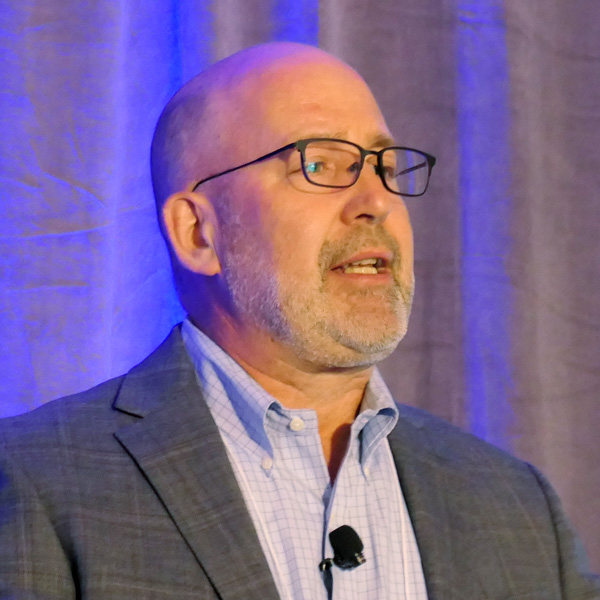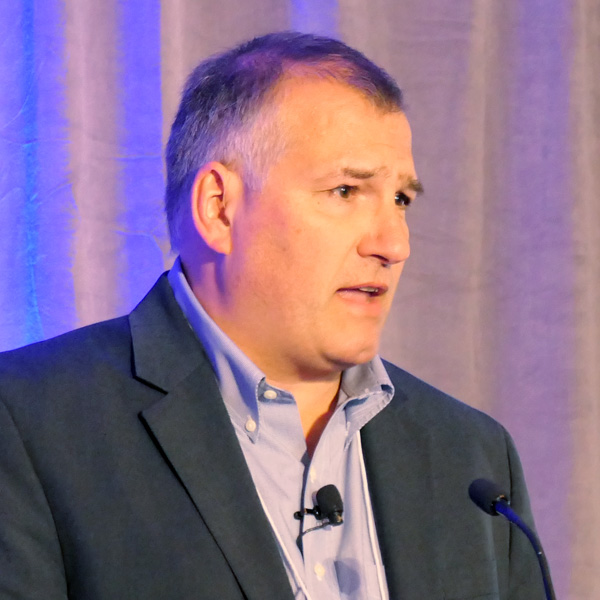As the Biden administration has set a goal of expanding nationwide community solar capacity to 20 GW by 2025, several Western states are pursuing initiatives that could encourage community solar development.
The New Mexico Public Regulation Commission (PRC) in March adopted rules to launch a community solar program. A yet-to-be-appointed program administrator could start soliciting community solar projects as soon as this summer.
The Arizona Corporation Commission this month ordered Arizona Public Service (APS) to form a working group to help create a community solar program. The commission expects to vote on a proposed program in November.
And on Wednesday, the California Assembly passed AB 2316, which would require the CPUC to open a proceeding by March 2023 to create a community renewable energy program. The bill now heads to the Senate.
Despite its abundance of solar resources, much of the West has lagged when it comes to community solar programs, Matt Hargarten, vice president of campaigns at the Coalition for Community Solar Access (CCSA), told NetZero Insider. Even though Colorado was a pioneer in community solar, other states such as New York, Massachusetts and Florida are taking the lead in developing new solar capacity, according to data from the National Renewable Energy Laboratory.
New York and Massachusetts are attracting private capital to community solar by providing long-term certainty about the programs, Hargarten said.
But the recent actions in California, Arizona and New Mexico indicate the West might start catching up.
“We’re really optimistic about some of the progress the West has been making,” Hargarten said.
Solar Sharing
Community solar offers a way for people who are unable to install their own rooftop solar to subscribe to off-site renewable energy projects. Subscribers receive credits on their electric bills based on their share of the project’s generation.
According to CCSA, community solar projects are smaller-scale installations often built on private land, former industrial sites or landfills. CCSA said that, nationwide, community solar generates more than 5 GW of power.
The National Community Solar Partnership (NCSP), a U.S. Department of Energy program, defines community solar as projects to which multiple entities subscribe through voluntary action. NCSP doesn’t set a size limit on what constitutes community solar.
At the end of 2020, community solar projects across the U.S. had a combined capacity of about 3,253 MW. At that time, community solar encompassed 1,600 projects in 39 states and Washington, D.C., according to an NREL report last year.
About 72% of the community solar capacity was in four states: Minnesota, Florida, Massachusetts and New York.
State policy is one factor influencing community solar development. Twenty-two states and Washington, D.C. have passed laws to enable community solar, NREL said. Those states have typically allowed virtual metering that lets community solar subscribers receive benefits from their participation.
While enabling legislation can help pave the way for community solar, other state policies may slow deployment, DOE said in a summary of lessons learned. That includes limits to net metering and barriers to third-party development.
DOE set a nationwide goal in October of developing enough community solar to power 5 million homes by 2025, or about 20 GW of capacity. Meeting that target would save customers an estimated $1 billion on their energy bills, an average savings of about 20%.
California Bill Advances
California’s Assembly passed AB 2316 on a 47-22 vote.
The bill, by Assemblyman Christopher Ward (D), would instruct the CPUC to establish a community solar program in which at least 51% of subscribers are low-income. The bill asks the CPUC to minimize impacts of the program on non-subscribing ratepayers.
Although customers of the state’s investor-owned utilities have access to existing community solar programs, such as the Green Tariff Shared Renewables (GTSR) program, participation in the programs is low, according to an analysis of AB 2316.
Supporters of the bill say a new community renewable energy program is needed because GTSR is “crippled by outdated statutory constraints,” the bill analysis said. Those include financing difficulties and a lack of energy storage.
“Moreover, the coalition [of supporters] notes a properly structured community renewable energy program will drive further renewable energy development, potentially aiding in system reliability,” the analysis said.
Investor-owned utilities oppose the bill due to concerns that the customer bill credit will shift costs, the analysis said.
Arizona Program
The Arizona Corporation Commission (ACC) on May 18 directed APS to form a working group to help with the creation of a community solar program. The commission will consider the proposed program in November and, if approved, it would be implemented within six months.
The directive came as an amendment to an order approving APS’ renewable energy standard implementation plan for 2022 to 2026. The amendment, proposed by Commissioner Anna Tovar, was approved on a 4-1 vote with Commissioner Sandra Kennedy opposed.
The working group will meet at least every other week starting in June. In designing the APS community solar program, the working group will look at other successful programs, such as Xcel Energy’s program in Minnesota. ACC also wants the program to attract long-term private sector investment.
The program will set aside a percentage of capacity for low-income customers. The working group may also consider community wind projects or including battery storage with community solar projects.
“This is a really big first step in Arizona,” said Autumn Johnson, executive director of Arizona Solar Energy Industries Association (AriSEIA).
Johnson said AriSEIA plans to participate in the working group meetings. Others who are interested in participating are asked to contact Tovar’s office.
New Mexico Program
In New Mexico, state lawmakers last year passed Senate Bill 84, the Community Solar Act. The state’s PRC adopted rules in March to implement the law.
In an initial three-year phase of the program, community solar will be capped at 200 MW across the state’s three investor-owned utilities, with a 5 MW cap for individual projects.
Native American nations, tribes and pueblos are exempt from law, but may own or operate solar projects in New Mexico.
The law requires each community solar project to have at least 10 subscribers. Up to 40% of a project’s capacity may go to a so-called anchor tenant. At least 40% of capacity must be available in subscriptions of 25 kW or less, and at least 30% of capacity must be reserved for low-income subscribers and related service organizations.
The PRC is in the process of finding an administrator for the program. The commission issued a request for proposals in April, with a May 12 due date, and expects to award a contract for the administrator position by July 1.
The PRC will collect data on the program and submit a report to the Legislature by Nov. 1, 2024. More information on the program is here.
Federal Initiatives
DOE announced several of its own initiatives in January aimed at meeting the 2025 community solar goals.
A new collaborative among states will bring together state energy officials and program administrators to provide education and share best practices on community solar. Another initiative is aimed at giving community solar developers better access to project financing.
And a $2 million NCSP technical assistance program will help accelerate implementation of community solar while improving the performance of programs and projects. The technical assistance is free to NCSP partners.





